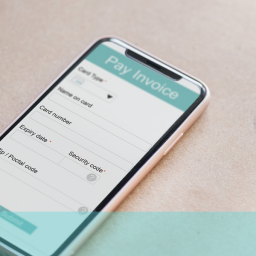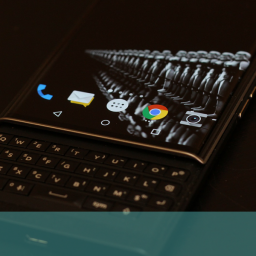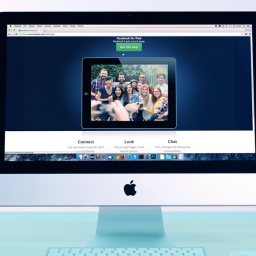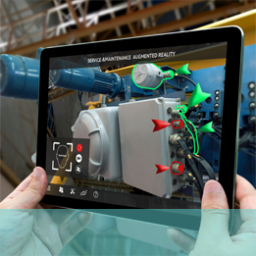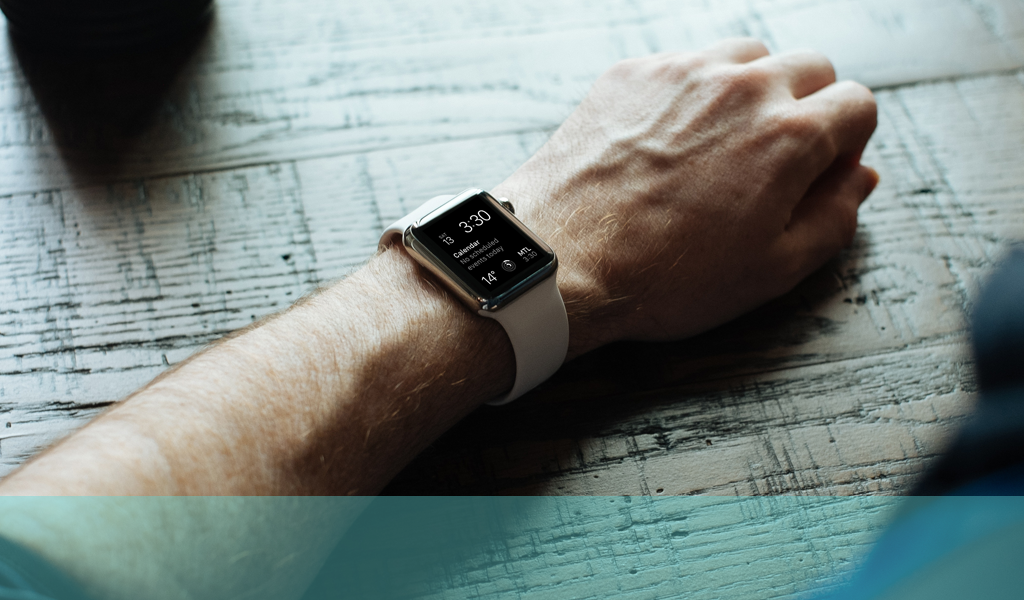
Advanced, interactive wearable technology might once have seemed little more than Star Trek-fuelled fantasy. However, it seems fantasy is intent on becoming fact, with Google Glass leading the way for the next generation of wearable tech.
The User Experience
Regardless of device, a good user experience is always a key element to success. For the next generation of wearable technology to take off, certain usability factors will need to have been considered and addressed:
- Target audience – Who is the device aimed at? Age group, gender, cultural differences; all play a key part in the final design and how the user interacts with it
- Purpose – What is the device for? Does it offer a specific solution? More importantly, does it provide enough value to convince the intended user to wear it?
- Implementation – How is the technology worn? What part of the body does it cover? Is it easy to attach/wear?
- Design – How does it look when worn? Is it noticeable? Does it look odd? Would attention be drawn to it, or does it integrate seamlessly with the human form? Aesthetically speaking, would a user be happy to wear it?
Why is this different?
True, wearable technology, of one form or another, has been around for a while now, with everything from self-heating jackets and Bluetooth headsets, right down to the humble pedometer, falling under that particular umbrella. By and large, these have all been single purpose devices, designed to provide a specific solution.
Where Google Glass differs – and whatever imitations/innovations stem from it – is that it aims to take another, already massively catered for experience, that of content consumption, and move it on to the next level.
The Social Experience
This latest stage in the evolution of wearable tech moves us a step closer to beaming content directly into our heads. By its very design, Google Glass eliminates the tangible social aspect of content consumption, placing the user in their own bubble, beyond the reach of those outside.
Already, social situations have become compromised by technology, with pubs, clubs, restaurants etc, full of people absorbed in whatever’s happening on the screen of their smartphone. The difference here being they are essentially still detached from the device, and can, if they wish, share the experience with friends, or partners.
A device such as Google Glass makes the experience exclusive to the user. Which begs the question of whether in a world where we already seem to be withdrawing from social interaction – unless its via our own technobubble – is this as exciting a prospect, as the billionaire corporations behind these devices would have us believe?
Ensure your product meets your customers needs, with usability testing. Contact UX24/7 today!


